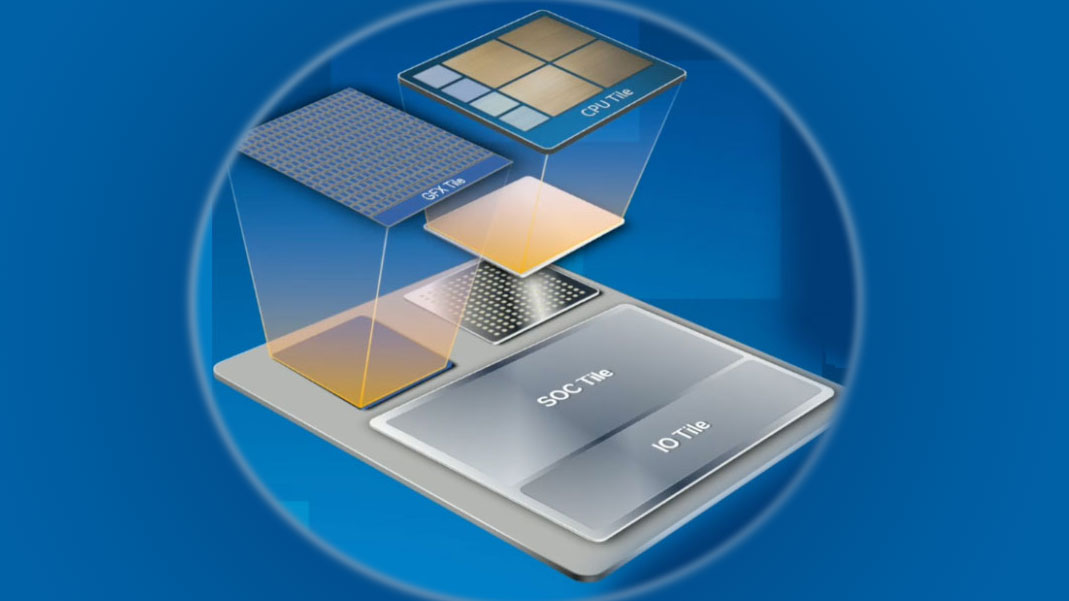With the multi-tile designs of its client CPUs, Intel can improve its built-in graphics cores and bring their capabilities and performance closer to those of standalone GPUs. Starting from Arrow Lake processors due next year, its new built-in Xe-LPG Plus GPUs will gain eXtended Matrix Extensions (XMX) support, a technology for advanced XeSS upscaling features as well as for acceleration of artificial intelligence workloads, reports Coelacanth Dream.
Intel is set to start rolling out its Xe-LPG GPU microarchitecture, starting with Meteor Lake processors. Xe-LPG represents the company’s 2nd Generation low-power Xe architecture that is further enhanced for gaming and is therefore closer to the Xe-HPG microarchitecture used for discrete GPUs. But as it turns out, even the Xe-LPG does not support XeSS. This is not going to substantially hurt the product as XeSS can work without XMX, and Meteor Lake has a built-in AI accelerator, which Intel aggressively promotes among independent software vendors (IHVs) anyway.
But Intel will still add XMX to its Arrow Lake processors and Xe-LPG Plus GPUs. XMX extensions are designed for matrix multiplication operations in FP64, FP32, FP16, and bfloat16 formats, which are crucial in many AI algorithms, including neural networks. Neural networks are used both for AI workloads as well as graphics enhancements, so the addition of XMX to Arrow Lake will play a positive role in graphics processing.
Perhaps an even more important thing about the addition of XMX to a mass-market client CPU is that XMX will be supported on hundreds of millions of PCs within a year, which will greatly popularize the technology and will offer significant incentives for software developers to take advantage of it.
Although Intel’s Xe-branded built-in GPU cores are quite capable, the company still made some efforts to reduce its silicon footprint to cut costs. As a result, Intel’s Xe-LP and Xe-LPG GPUs lack XMX, which is important for advanced XeSS upscaling and AI capabilities. As it turns out, with a multi-tile Arrow Lake processor design, the company can finally add XMX to its built-in GPUs. The only question that remains is whether XMX will also be supported by the Lunar Lake MX platform, which again places GPU into the same piece of silicon with CPU.
